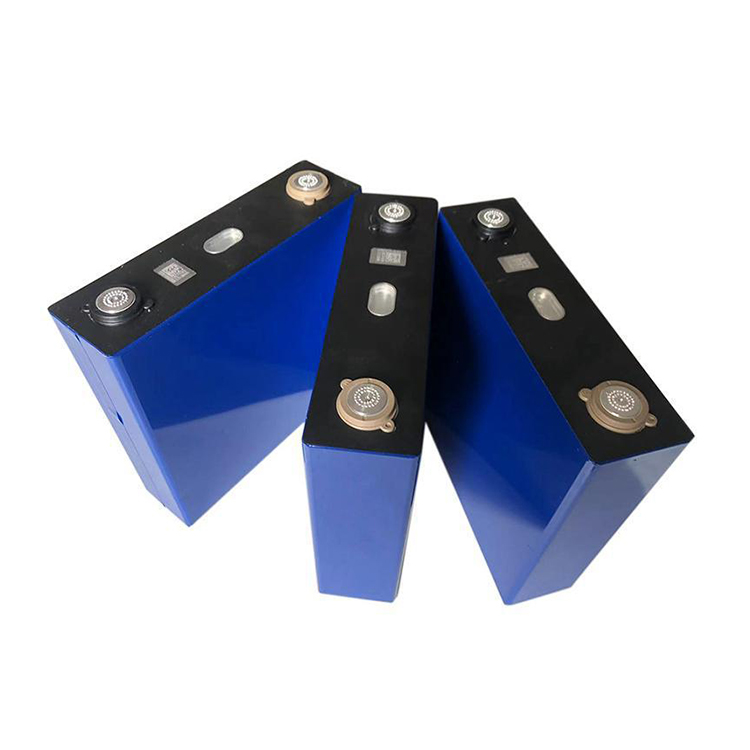The power lithium-ion battery has become a fundamental component in modern technology, powering everything from electric vehicles to portable electronics. Its rise in popularity is largely due to its unique combination of energy density, longevity, and safety. This article offers a comprehensive introduction to the characteristics of the power lithium-ion battery, discussing its structure, performance, advantages, and typical uses.

Composition and Structure
The power lithium-ion battery consists of several key components: the cathode, anode, electrolyte, and separator. These parts work together to store and release electrical energy efficiently. The cathode typically contains lithium metal oxide, while the anode is often made of graphite. The electrolyte allows lithium ions to move between the electrodes during charging and discharging.
The design of the power lithium-ion battery focuses on energy output while maintaining safety and stability. The materials used and the battery's internal structure ensure that it can handle higher currents without overheating or degrading quickly.
Energy Density and Power Output
One of the notable characteristics of the power lithium-ion battery is its high energy density. This means it can store a large amount of energy relative to its size and weight, making it suitable for applications where space and weight are limited.
In addition to energy density, the power lithium-ion battery is capable of delivering high power output. This feature is crucial for devices and vehicles that require quick bursts of energy, such as acceleration in electric cars or rapid power delivery in power tools.
Cycle Life and Longevity
The cycle life of a power lithium-ion battery refers to how many charge and discharge cycles it can undergo before its capacity drops significantly. Typically, these batteries can last for several thousand cycles, which translates to several years of reliable use.
This long lifespan is achieved through careful material selection and advanced manufacturing techniques that reduce degradation during use. The power lithium-ion battery also benefits from improved charge management systems that help maintain battery health over time.
Safety Features
Safety is a critical aspect of power lithium-ion batteries. Their chemistry and design include various features to prevent common issues such as overheating, short circuits, and overcharging.
Manufacturers often incorporate protective circuits and temperature sensors within the battery pack. These components monitor conditions in real-time and can shut down the battery if unsafe levels are detected. As a result, the power lithium-ion battery is considered one of the safer rechargeable batteries available today.
Temperature Tolerance
The power lithium-ion battery performs well over a wide temperature range. However, extremely high or low temperatures can affect its efficiency and lifespan.
To address this, battery packs often include cooling or heating systems to maintain operating temperatures. This temperature management is especially important in electric vehicles and industrial settings, where batteries are subject to harsh environmental conditions.
Charging Characteristics
Charging the power lithium-ion battery involves a precise balance between speed and battery health. Fast charging capabilities are important for user convenience, especially in transportation and mobile electronics.
However, rapid charging can generate heat and stress the battery. Modern power lithium-ion batteries use intelligent charging protocols that adjust current and voltage to minimize these risks while reducing charging time.